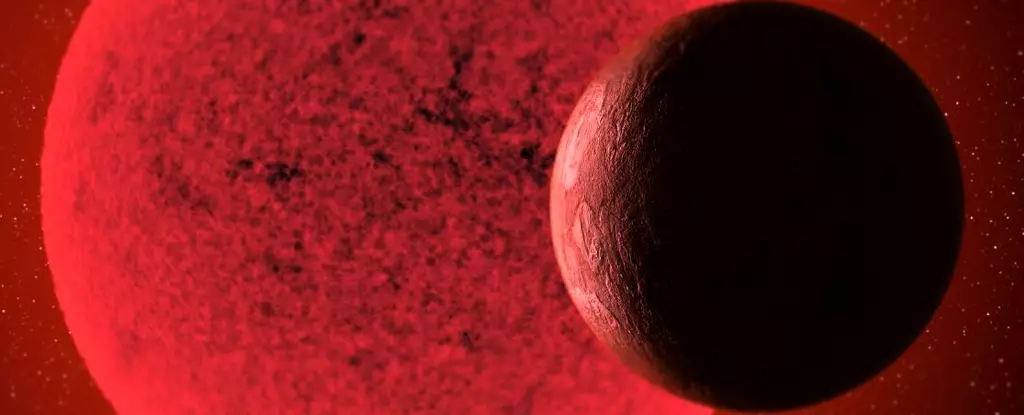The intricacies of our Solar System present a captivating tableau of celestial mechanics, where gravity and inertia choreograph a delicate balance. This balance has spurred planetary scientists Emily Simpson and Howard Chen from the Florida Institute of Technology (FIT) to contemplate what might occur if a super-Earth replaced the asteroid belt nestled between Mars and Jupiter. Their exploration is predicated on an intriguing question: why do most solar systems harbor super-Earth planets in proximity to their stars, while ours appears to lack such a giant?
This examination leads to an engaging thought experiment, where the hypothetical establishment of a planet, dubbed Phaeton, between Mars and Jupiter serves to illuminate the potential for life in our inner Solar System. The ramifications of introducing a planetary body here could dramatically alter the existing dynamics of our neighboring planets. As we journey through the findings of Simpson and Chen, we uncover the implications such a transformative shift could invoke within our cosmic neighborhood.
Simpson and Chen employed a series of mathematical models to simulate varying sizes of Earth-like planets, ranging from 1% to 10% of Earth’s mass. Each simulation spanned millions of years, enabling the researchers to study shifts in orbits and axial tilts which are pivotal in determining the habitability of planets. The orbit establishes the length of a planet’s seasonal cycles, while the tilt affects how severe those seasons become.
Their findings signal that a super-Earth with a mass of one to two times that of Earth might yield only nominal changes in climate extremes for inner planets, allowing for a relatively stable environment where life could persist. Slight variations in seasonal temperatures might arise, pushing summers to be a bit warmer and winters to be marginally cooler, yet the overall balance of our Solar System could remain intact.
Conversely, larger super-Earths—the ones nearing five to ten times Earth’s mass—took their toll on the foundations of our planetary alignment. The gravity of such massive bodies could warp the orbits of neighboring planets, nudging Earth further away from the habitable zone and toward the harsher climates associated with Venus. This kind of realignment could also amplify obliquity variations, leading to severe climatic swings that pose substantial challenges to sustaining life.
Simulating multiple planetary bodies exposes the inherent complexity and sensitivities within celestial mechanics. Even minor shifts can initiate a cascade of effects that might radically transform the climate, topography, and potential for habitability of our world. From influencing Earth’s ice sheets to altering atmospheric patterns, a new planetary body introduces a confusing ensemble of consequences.
The challenge, as articulated by the researchers, lies not merely in simulating these conditions but in understanding the broader implications for exoplanet research. The modelling yields insights that may guide astronomers in identifying other solar systems that maintain a delicate equilibrium conducive to life. Could we encounter systems that resemble ours yet differ dramatically in historical developments?
Implications for Exoplanet Discovery
The findings from Simpson and Chen provoke broader questions within the field of astrobiology. If we stumble upon a solar system resembling our own—albeit with a super-Earth in place of an asteroid belt—how would we assess the habitability of its inner regions? Presuming the system’s history entails the introduction of a massive planet, the key determinant of potential lie in its size.
The research insinuates that with the right balance, even a seemingly precarious arrangement could yield hospitable environments. Conversely, an increased planetary mass poses formidable challenges to life. As scientists venture further into the cosmos, these simulations contribute vital frameworks for investigating and interpreting the diverse configurations of exoplanetary systems.
While the spectacle of our Solar System remains a treasured marvel, the exploration of hypothetical configurations continues to pulse with excitement, expanding our understanding of planetary dynamics and the universal potential for life. The angle of inquiry posed by the likes of Simpson and Chen undeniably invigorates the quest for knowledge about our own cosmic identity amidst the vast tapestry of the universe.

